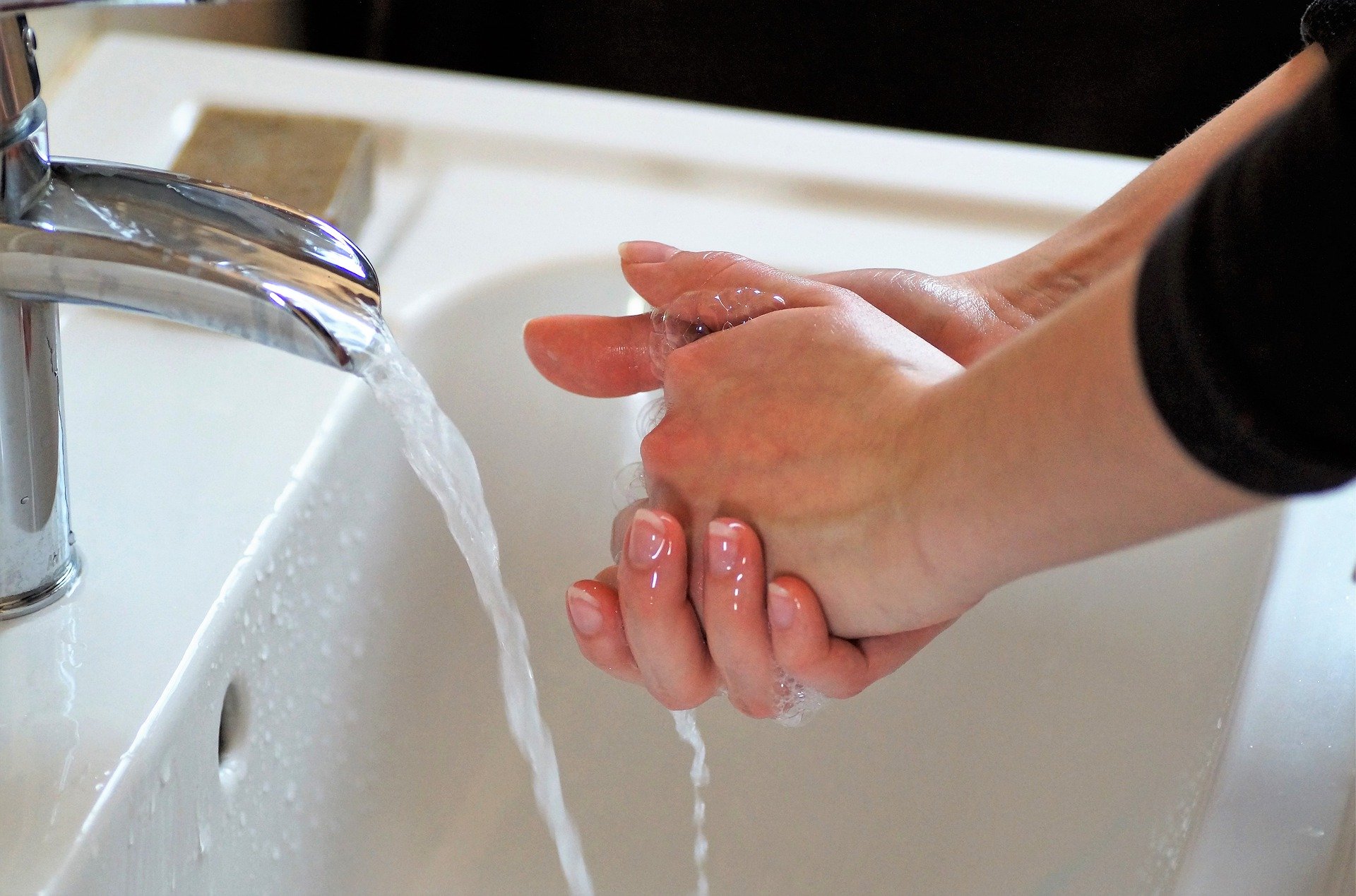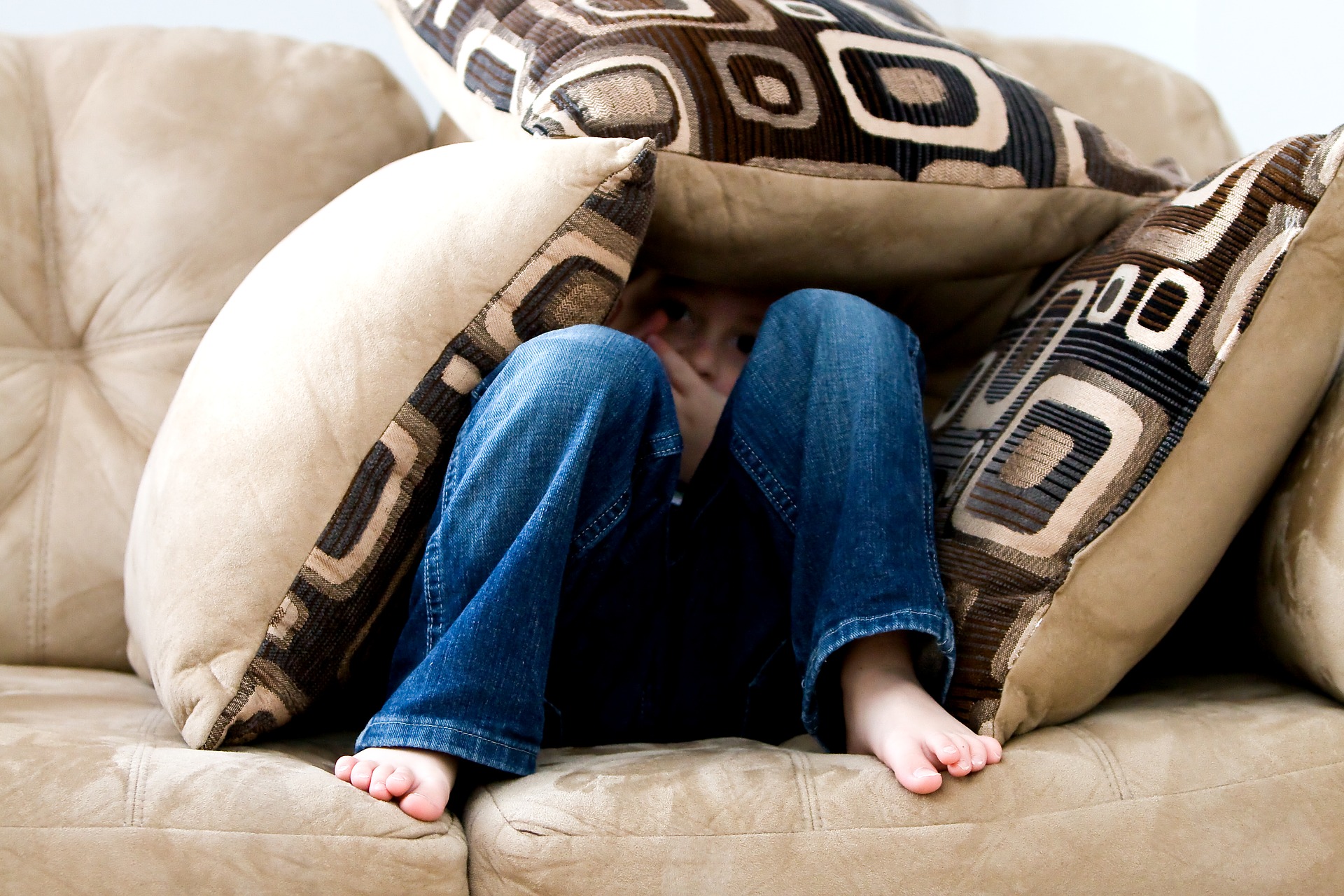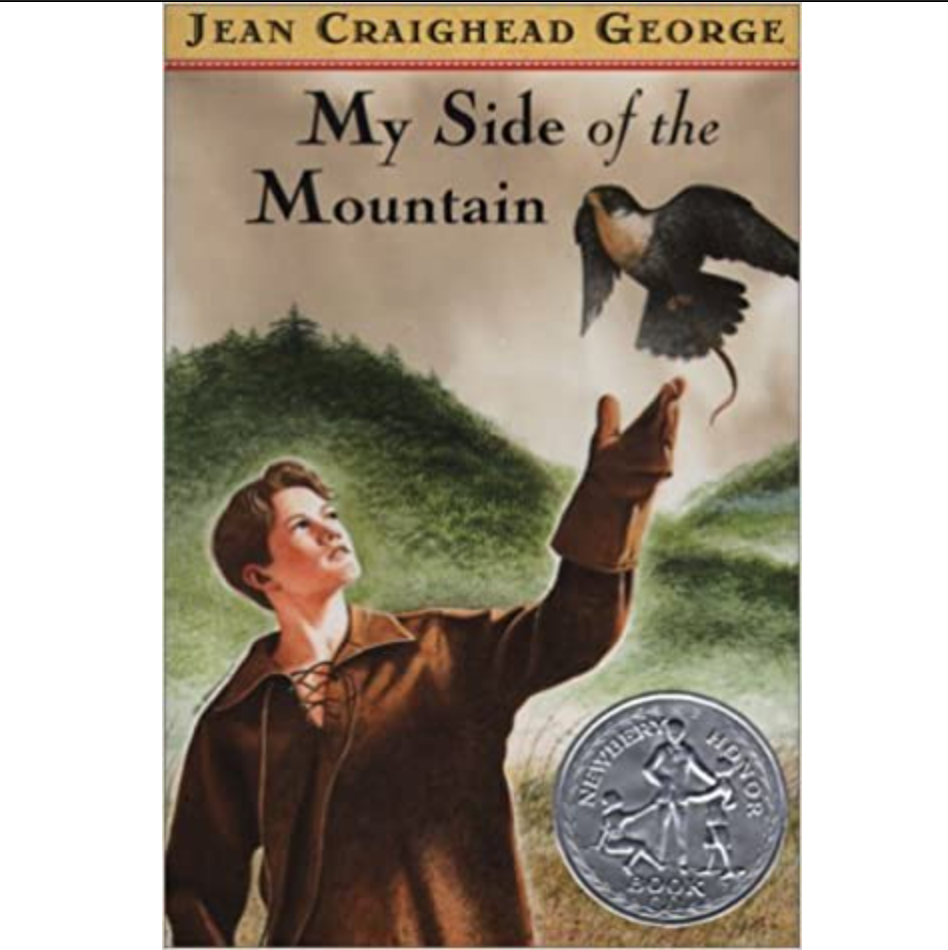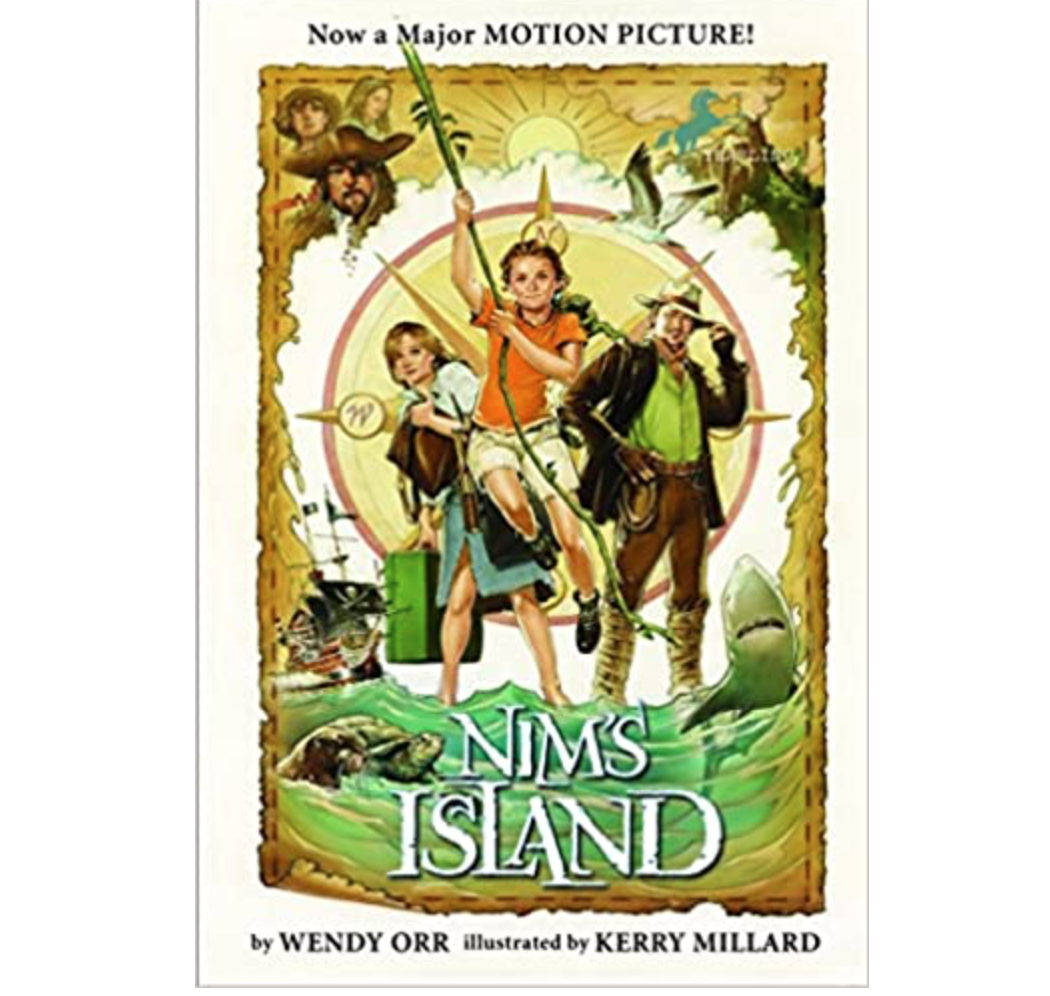A cross section is a side-view picture that you would see if you cut through something.
This picture shows a cross section of a branch from an almond tree.

Find something in nature that might look different on the inside than it does on the outside. If you can (and with adult help), open it up to see inside.
Draw a cross section picture of the nature object you found. Do you notice any patterns?
Compare the object's inside to its outside. Do they look the same or different? Why might that be?
Would you like to share your nature investigation with other Smart Pegs? Take a photo or a short video of your journal entry and add it to the comments section!
Like someone else’s ideas? You can reply to their comments, too!












